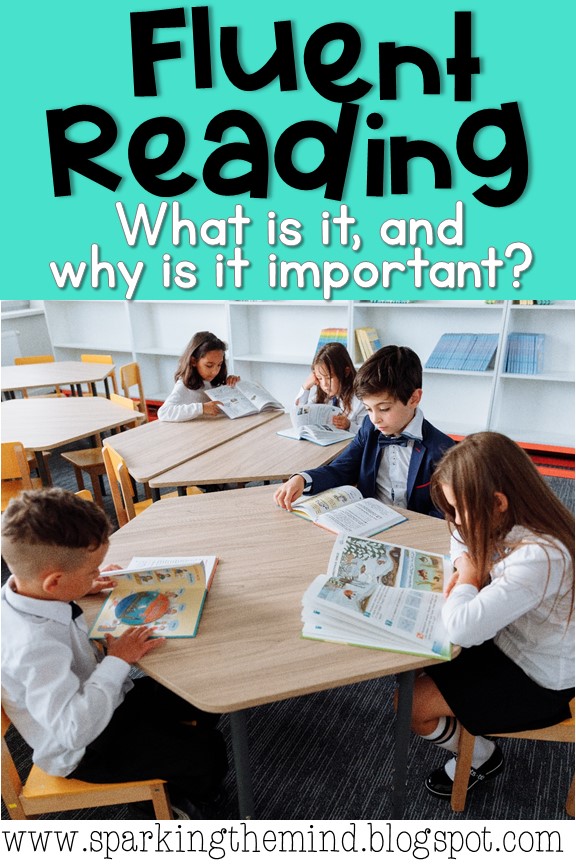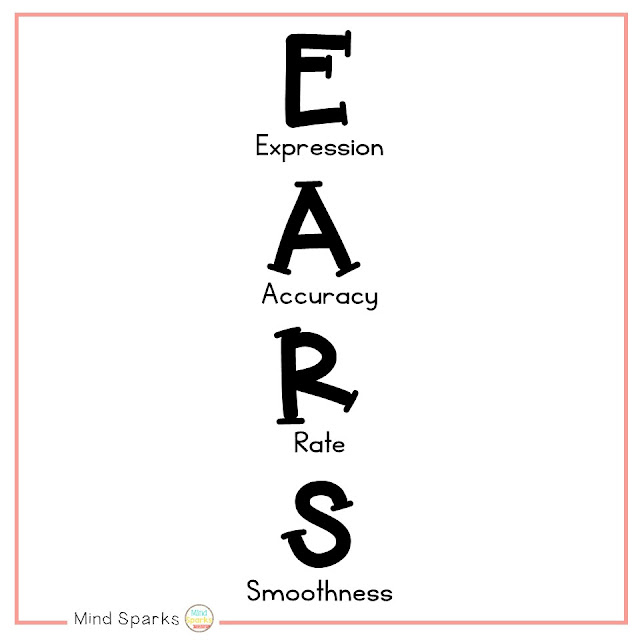Did you know that 36% of the nation's fourth graders are unable to fluently read? This is according to the 2018 National Assessment of Educational Progress Report.
That is ONE out of EVERY THREE! Wow....let that sink in....
Even more disturbing is the statistic that students who exit third grade unable to read, are FOUR TIMES as likely to not graduate high school. Add poverty to the mix, and a student is THIRTEEN TIMES less likely to graduate. (Sparks, 2011)
So, how do we turn that statistic around?
One way is for us to truly understand what fluent reading is and what we can do to help students.
What exactly is fluency?
Fluency is the ability to read a text accurately, quickly and with expression.
To explain it more simply, fluency is the ability to read like you speak. To take what is read and make it sound like spoken language.
When I explain it to students, I use the acronym E.A.R.S (Expression, Accuracy, Rate and Smoothness). One of my colleagues and fellow reading interventionist shared this acronym with me years ago. I love the simplicity of it and how easy it is for students to remember!
Why is fluent reading important?
When a student reads fluently, he or she automatically and effortlessly recognizes words on the page. Because this process is automatic and effortless, more space is freed up in the student's brain to understand what is being read.
On the flip side, if a student is disfluent, he or she is using available brain space to decode words. The disfluent reader is spending all of their time trying to match letters and sounds and simply does not have the capacity to comprehend what is being read. The brain is in overdrive.
Being a fluent reader is important, as fluent reading bridges the gap between word reading and comprehension. The inability to read text accurately, quickly and with expression creates the inability to understand what one has read.
Lets take the example of the text below, which is a direct quotation from BMC Medical Journal. Try decoding this text AND understanding what is written.
Post 2: How can we help disfluent readers?
Post 3: How can I fit daily fluency practice into my day?
Post 4: How do we track student success?
Post 5: Top mistakes teachers make regarding fluency.
Post 6: Resources to help with daily fluency practice.




No comments:
Post a Comment